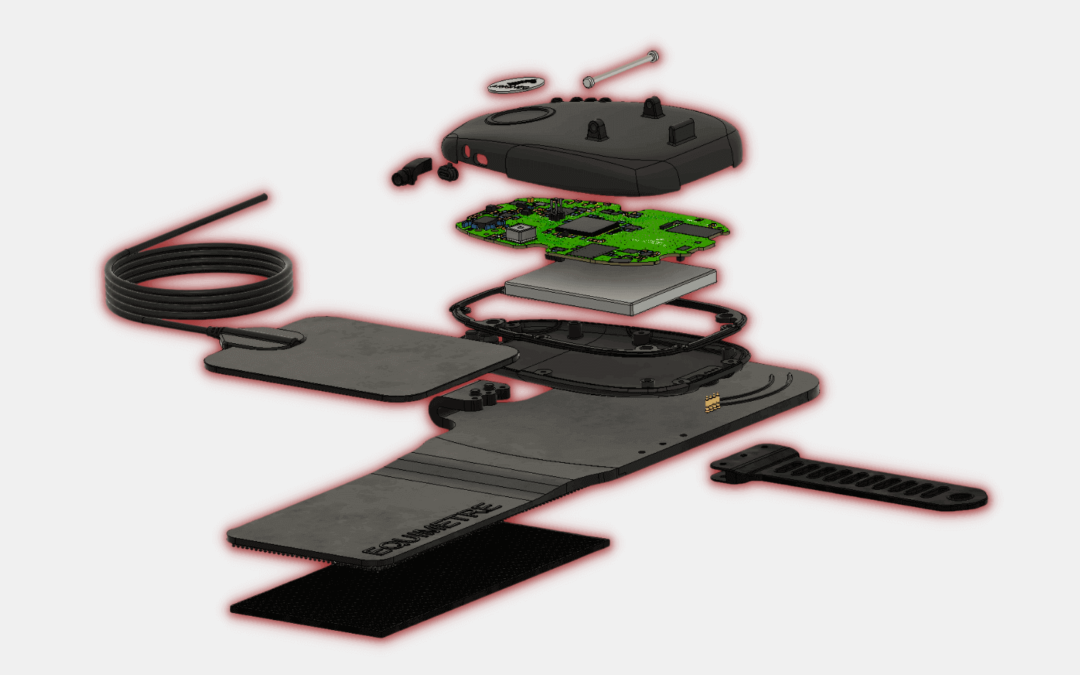Do you recognize the terms heart rate monitor, accelerometer, inertial measurement system, and GPS? When you’re interested in sports science, especially how the new technologies that collect the necessary data work, it’s easy to get lost in all the technical language. Collecting and analyzing data is one thing; understanding how the machine that collects and processes data works is quite another. We open the doors of our equine sensor thanks to Thomas Buisson, technical director at Arioneo.
How can this black device measure data on your racehorses and calculate over 300 parameters related to health and performance management? How to design such a product? What are the different development stages?
1. A complete set of specifications
Develop the first electrodes designed exclusively for horses
One year was spent developing the first electrodes specifically for horses. That’s how long it took to create the first patented electrodes solely dedicated to measuring a horse’s heart rate. Our electrodes are crafted from pins and foam. The pins allow the electrodes to enter the horse’s hair, and the foam collects sweat to improve the electrode’s conductivity. Veterinarians, for example, use a gel to improve conductivity in clinics. However, asking for this in a race horse’s training routine was unthinkable!

Embedded ECG collected with Equimetre
Mechanical robustness and durability
The first challenge involves the product’s robustness. The equine industry is an agricultural environment, with horses weighing more than 500kg at the heart of the constant action of a morning’s training in a racing stable. In a field where leather and metal typically have the upper hand, the Equimetre sensor must be developed in collaboration with plastic and electronics. This mechanical challenge gave birth to the first version of our box, which was actually red rather than black!
Avoid injuring the horse
Without a doubt, the most important task during the sensor’s design and development. It is impossible to imagine our sensor being dangerous while in use, despite the fact that it was designed to improve horse health monitoring. The first step in reducing the risk of sensor injury is the selection of materials. Only soft materials come into contact with the horse’s skin. Rubber and/or flexible resin are thus preferred.
The electrodes are wide, especially at the girth, for comfort, and the electrode follows the shape of the horse. This width allows for a more even distribution of pressure. The sensor’s edges are softened to avoid pinching or injuring the horse.
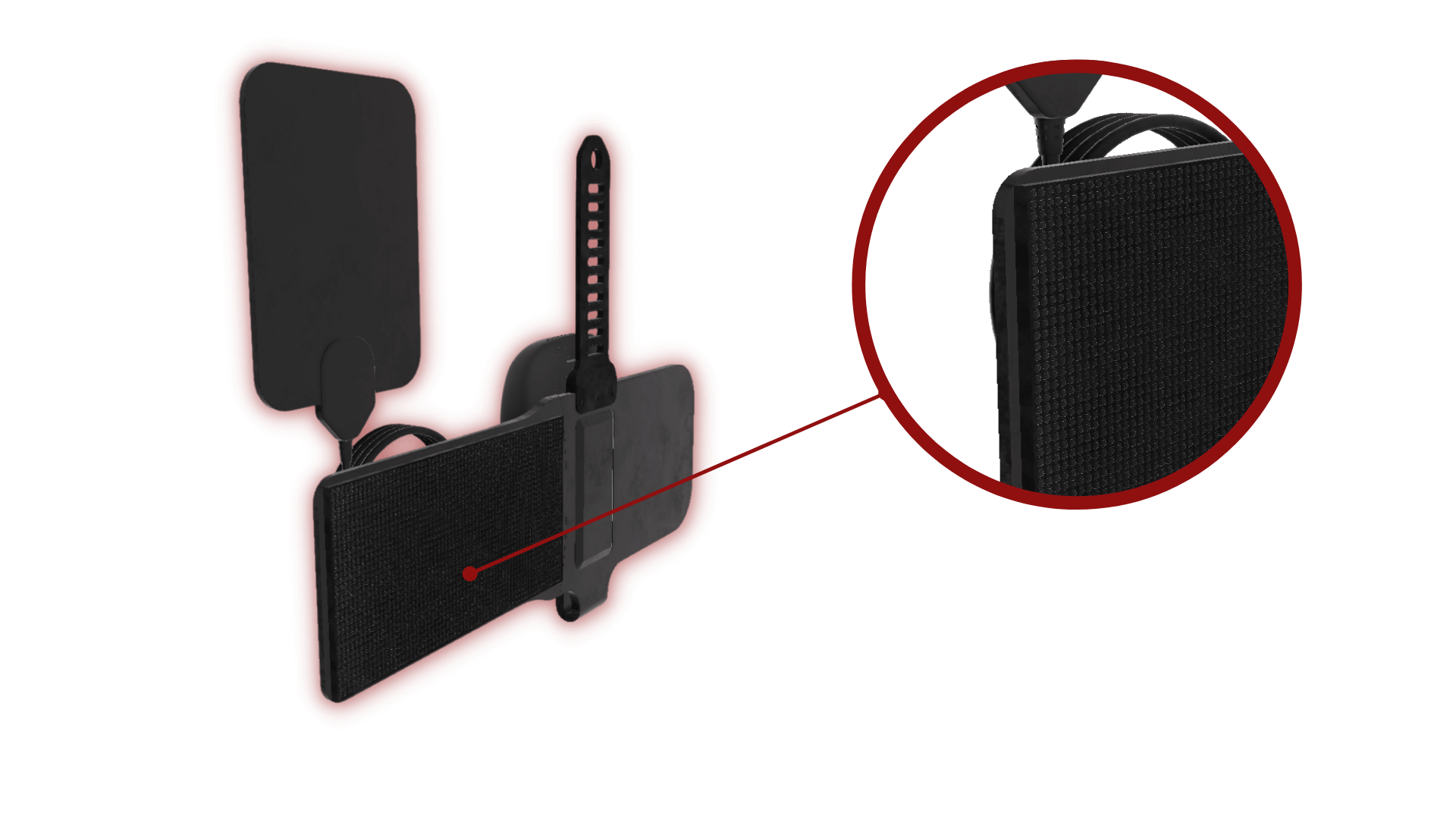
This part is meant to offset the sensor to the right, keeping it in position on the girth and preventing it from slipping to the left. This safeguards the horse’s shoulder.
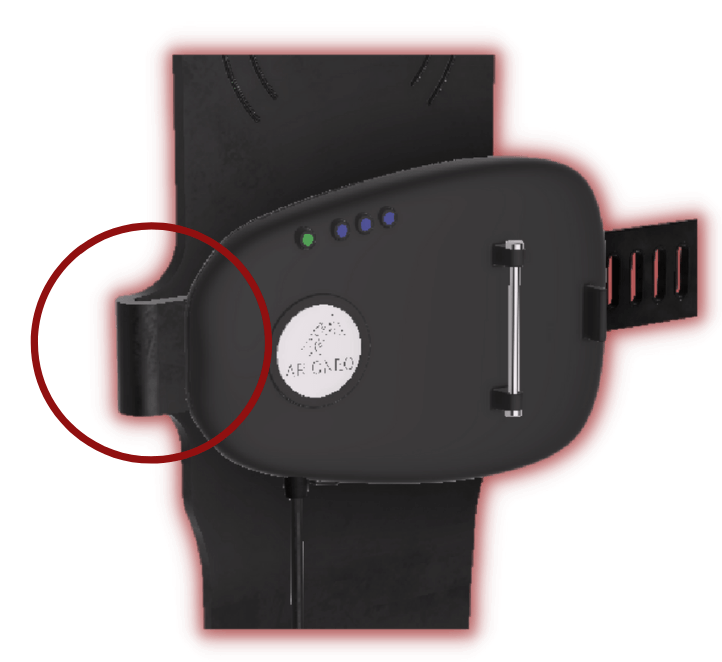
Be accurate
The racehorse is an exceptional athlete. As a result, it was critical to provide an accurate and scientifically validated product in order to monitor its training. Equimetre was created in response to this desire for accuracy.
2. The inside of this EQUIMETRE black device
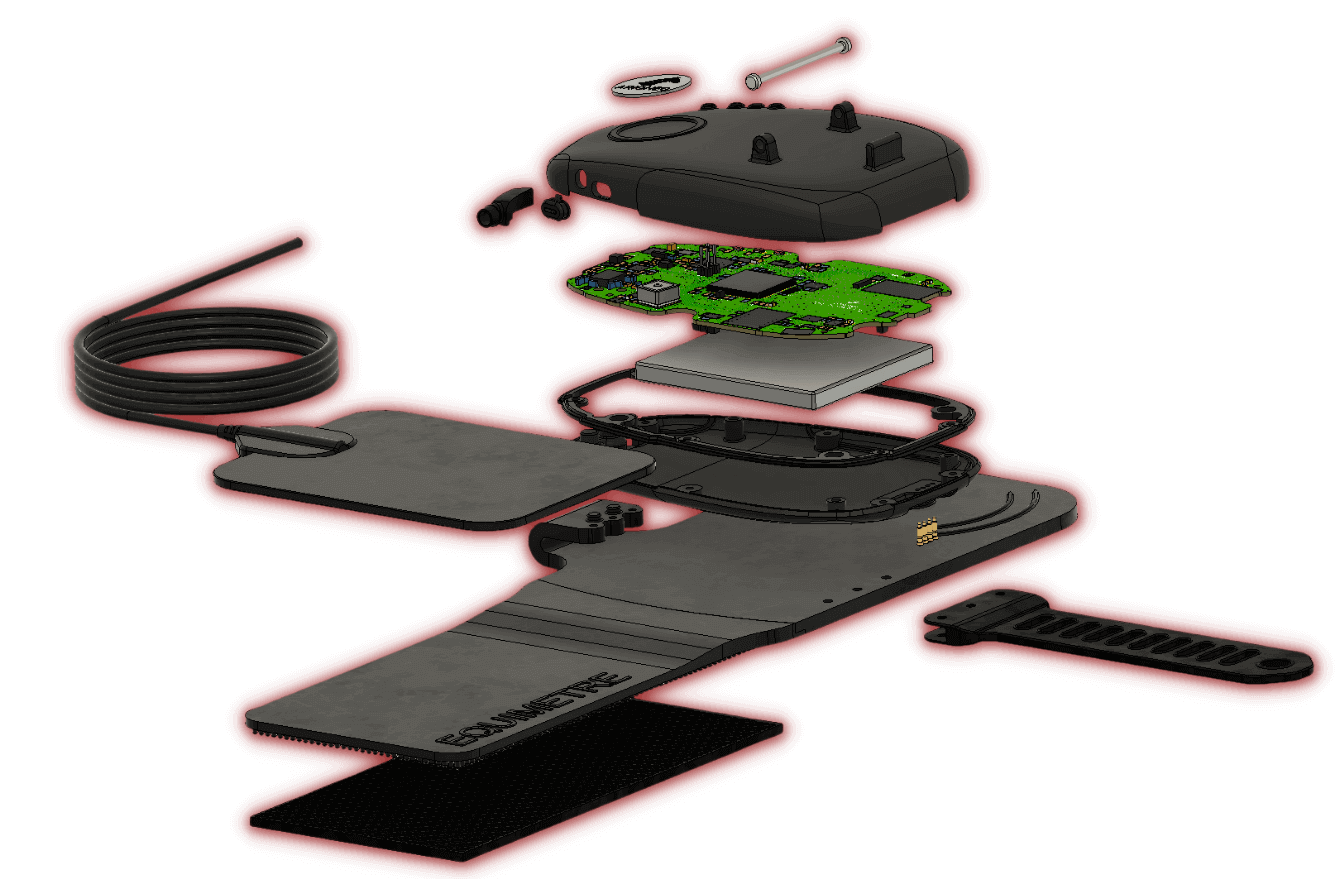
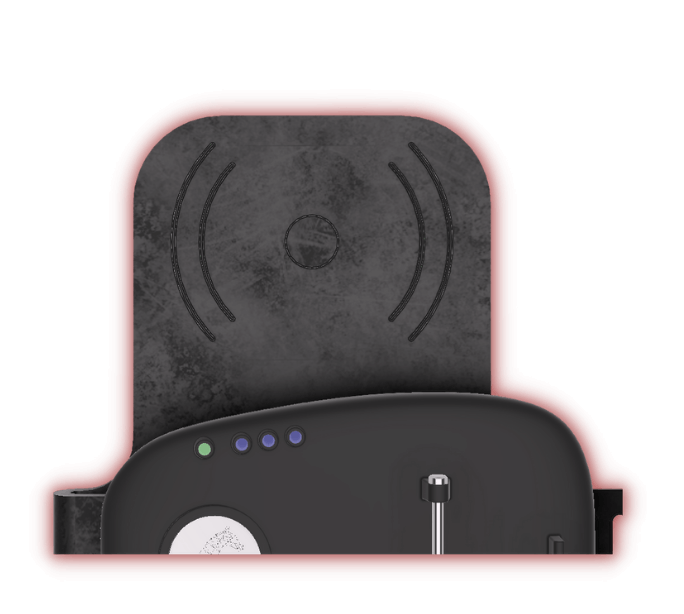
What is this small black device composed of?
- A battery
- An electronic card
- A processor which computes all the date to display them in an understandable way
- A memory card for recording all training data without needing to synchronize it across horses.
- An inertial unit consists of a 3-axis accelerometer and a 3-axis gyroscope in the Equimetre. This monitors the box’s acceleration and rotation speed in all directions. This data is utilized to analyze the horse’s speed and stride frequency using artificial intelligence.
- The Equimeter includes a GNSS module. This module receives signals from four constellations of satellites: GPS (American), Glonass (Russian), Galileo (European), and Beidou (China). These signals are utilized to compute the Equimetre’s location in real-time. The precision of the position is determined by the GNSS module, air conditions, the presence of structures, the number of visible satellites, and so on. A minimum of four satellites are required to establish a position, and the more satellites used, the greater the precision.
- An RFID antenna – This RFID (Radio Frequency Identification) antenna is the element that performs the recognition of your horse’s veterinary chip. The reader emits a signal to which the tag (included in the chip) responds. This is how digital identification for RFID chips can be carried out.
On the platform, this enables us to acquire a geographical map containing the horse’s data:
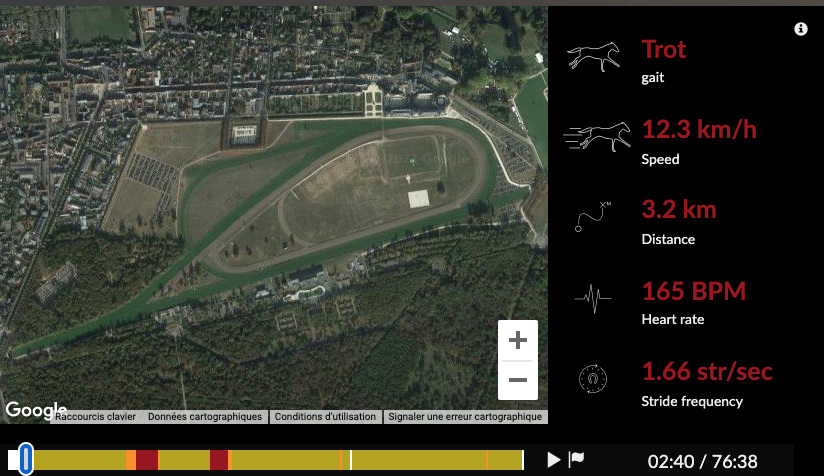
3. What are Equimetre’s expectations for the future?
Recognizing that the world is always changing, our teams did not stop at the first edition of Equimetre. In fact, a sensor version 2.0 has been built in the spirit of continual innovation. This new equine sensor version is being tested right now! Smaller and more robust, it meets many of the daily challenges of the racing world. Now Equimetre has no more secrets for you!
Keywords: black device, equine sensor, equimetre, components, data, solution, performance, health

